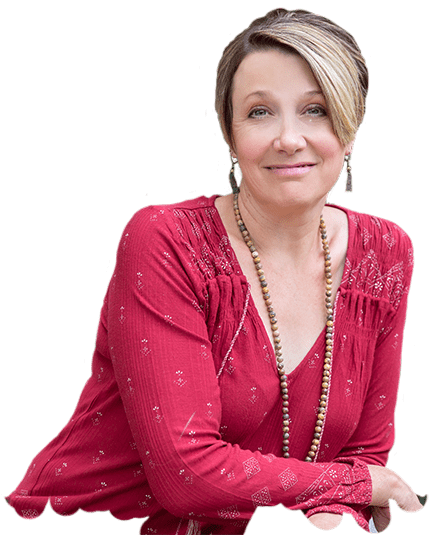Anyone who has searched the internet for scoliosis exercises or alternative scoliosis therapies, etc., has likely found conflicting information regarding yoga for scoliosis. I believe there are two reasons for this. First, I believe there are those out there that don’t want a simple, effective therapy for scoliosis. Second, and more widely, I believe that there is a lack of education about the different kinds of yoga, yoga therapy specifically.
In this conflicting information, some reports state that yoga is beneficial, some say it isn’t, and some even state that it’s dangerous for scoliosis. And where nothing is ever black and white and each claim can be true based on circumstances, yoga done intentionally, designed for the individual with their condition the basis of the practice, yoga therapy can be extremely effective in stabilizing, improving or even correcting the scoliotic curve for young people and can improve quality of life for older adults experiencing symptoms and pain from their condition.
Let’s look at the claims stating that yoga isn’t beneficial first.
Done safely with a qualified instructor, in my opinion and my experience – 20 years-worth – there isn’t much that yoga isn’t beneficial for. Even if it isn’t a program specifically designed for scoliosis, the breathing, stretching, strengthening and stress relief that comes from practicing* benefits everyone. *Please see more below on group yoga classes and the concerns therein.
So, now let’s look at the dangers of yoga for scoliosis.
I believe that certain aspects of yoga can be dangerous for scoliosis in the wrong hands or situation. Some circumstances that warrant concern are unqualified teachers in group classes or students with scoliosis in group classes that don’t know how to work with their curve, often a combination of both. The issue with group classes when we have a medical condition is that they are basically group exercise classes that do not take an individual’s needs into account. Even with a qualified teacher that is on top of different conditions can’t deliver individualized attention to one student when there are multiple students in their class. That being said, once a person knows their curve and understands the best way to do the yoga movements and poses to support their curve, group yoga classes can be great. Just make sure your teacher knows your condition and that you will be modifying things for your best interest. A good teacher won’t mind.
So if group classes aren’t a great idea in the beginning, what to do?
Work with a qualified yoga teacher or yoga therapist one-on-one. They should create an individualized program for you based on your specific curve and needs. Ask questions before starting with someone, such as their qualifications and experience and how their program would differ from a regular yoga class.

Downward Dog on the Wall
In the circumstance of adolescents in a program to stabilize, improve or correct their curvature, it is my opinion and recommendation that working one-on-one with a qualified therapist and continuing their practice at home REGULARLY until the next x-rays are taken is the best and most effective way to go.
If you are not in the Las Vegas, NV area and would like to be put in touch with a qualified yoga therapist in your area, contact me and I will reach out to my network of colleagues and see if we can find you someone to work with. 🙂

